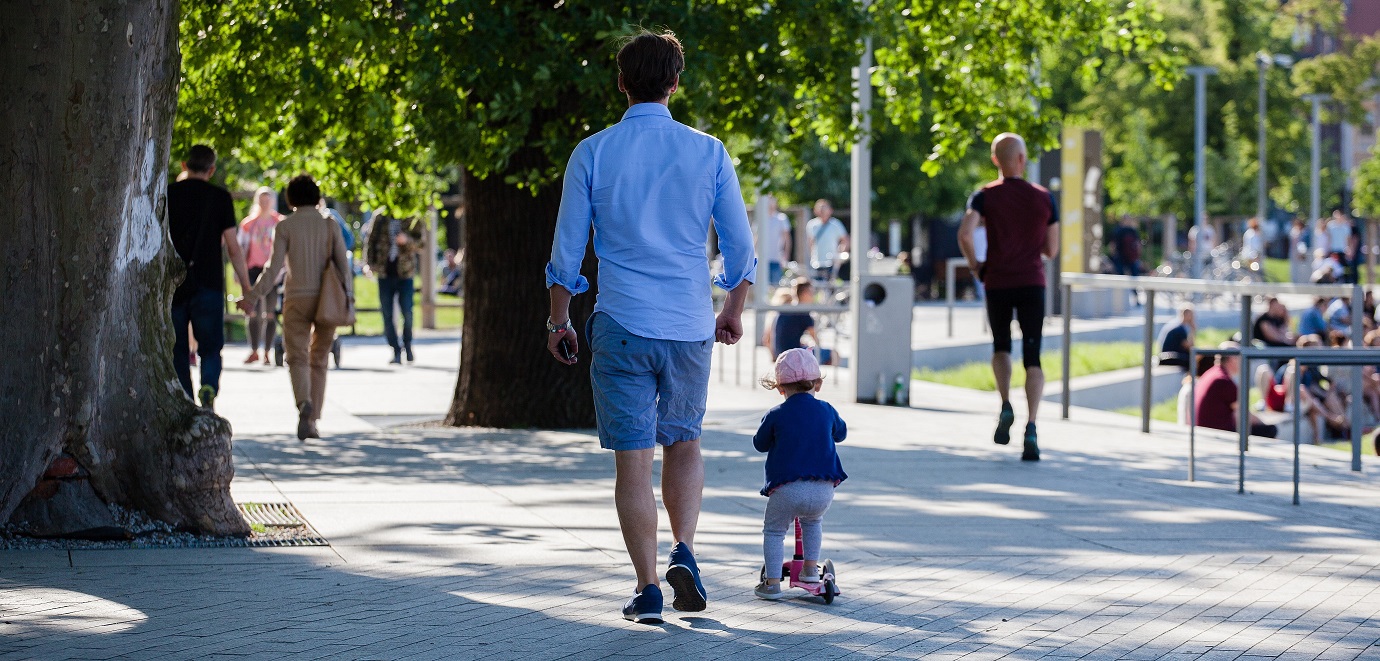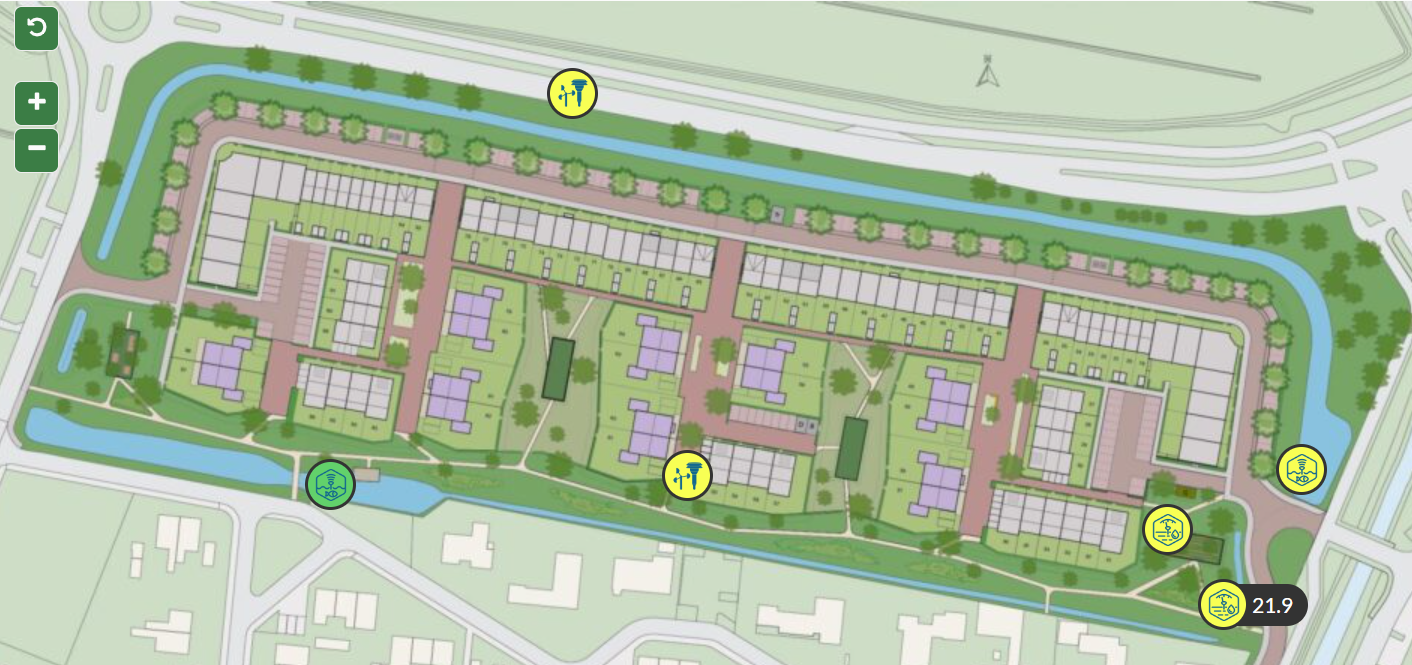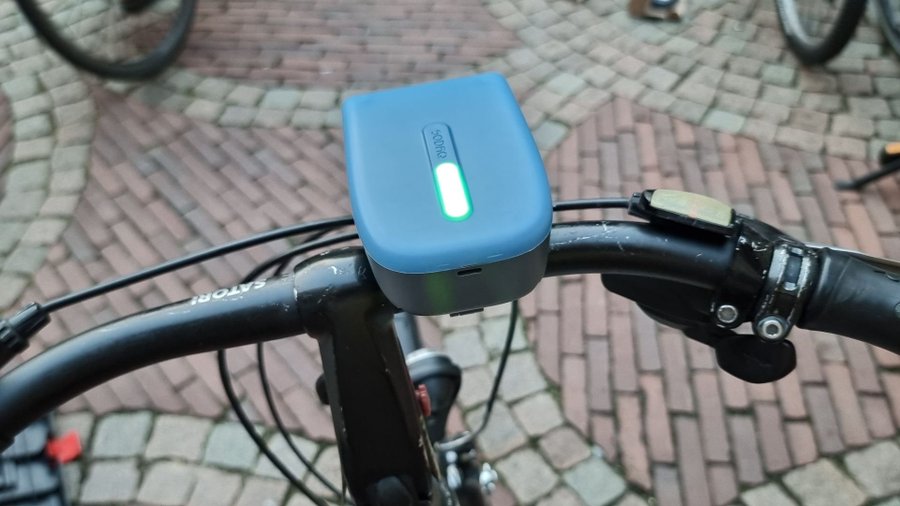Liveability is a subjective concept that concerns the well-being of residents in relation to their environment. There are many factors that influence the quality of life, such as neighborhood characteristics, the presence of sufficient facilities, (social) safety, environmental aspects such as noise or air pollution, the quality of public space, but also the way in which the government enforces regulations.
Interesting in this context are the plans of several cities to develop a 15 (or 20) minute city (or district). This idea about urban development aims to give residents access to everything they need, such as facilities, health care, work and greenery, within 15/20 minutes walking distance of their home. The idea behind this is that such a strategy reduces dependency of cars, so that public space can be given other functions, a healthy lifestyle is stimulated (walking/cycling) and the quality of life increases (due to better air quality and increased traffic safety). All this contributes to a greener, healthier and more sustainable living environment. A good example are the developments in Amsterdam, where 10,000 parking spaces are being closed in the city center to make room for other functions in the public space. Other cities, such as Melbourne and Parijs, have also worked out far-reaching plans for a 15-minute city.
Technology and data play an important role in stimulating alternative modes of transport and facilities in the neighbourhood. For example, smartphones have become a key to the internet that gives us access to weather, traffic and tourist information. And with us order groceries, reserve a shared bicycle and monitor the air quality.
And governments use that data and technology to make better decisions. This can involve real-time insight into the crowds in the city center or the number of available parking spaces, a heat stress map, insight into the quality of bathing water or road safety. These insights contribute to increasing the quality of life, provided we make the data applicable.
There are also various initiatives to make quality of life concrete and measurable, such as the Leefbarometer of the Ministry of the Interior and Kingdom Relations. Every neighborhood in the Netherlands has been mapped using 100 indicators. A weighting factor is linked to each of these factors. There are also risks involved and it shows that a lot and more data does not automatically lead to better insights. Another example is the recent “Livability Index” from The Economist. In this study 140 cities were examined and the quality of life was determined on the basis of 5 themes (stability, health care, culture and environment, education and infrastructure). There are many examples in which an attempt is made to make a subjective subject such as quality of life measurable and usable for policymaking and urban development.
The possibilities to use technology and data in a smart way to increase the quality of life are endless. Certainly if residents are closely involved in these possibilities through Citizen Science projects. Topics such as air pollution, heat stress and soil quality are ideal for this. Examples such as Snuffelfiets, Hollandsche Luchten, Curious Noses and Telraam are some good examples. This also ties in nicely with the ambitions that governments have formulated in this area, for example in the "Schone Lucht Akkoord" (Clean Air Agreement). The aim is for people to live longer, healthier and with more quality. It is evident that smart applications contribute to achieving this objective.
With the arrival of 5G, the possibilities to live longer at home or in the neighborhood are increasing further. For example, response times of emergency services can be improved by giving them priority at intersections and on-site assistance can be improved by a direct connection to the hospital. A test has already been carried out in Eindhoven with such a “connected ambulance”.
There are many possibilities to improve the quality of life in cities with data and technology. But there is still a long way to go. Not because of the lack of technological possibilities or useful data, but because the implementation and management require new forms of collaboration, partnership and chain management.
Do you want to make better use of the possibilities in your city? Please contact us. We are happy to help you create a tailor-made approach for your organization.




